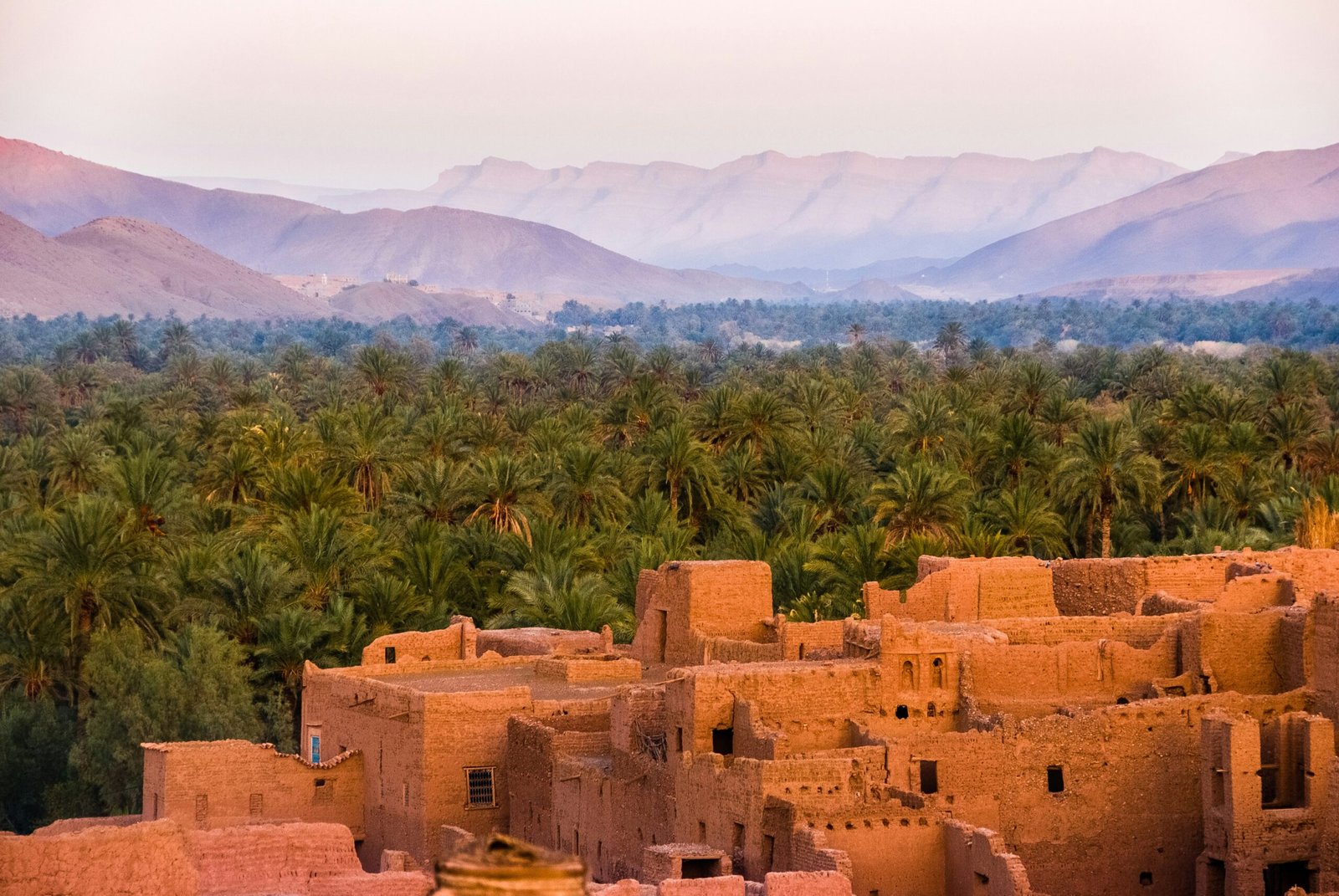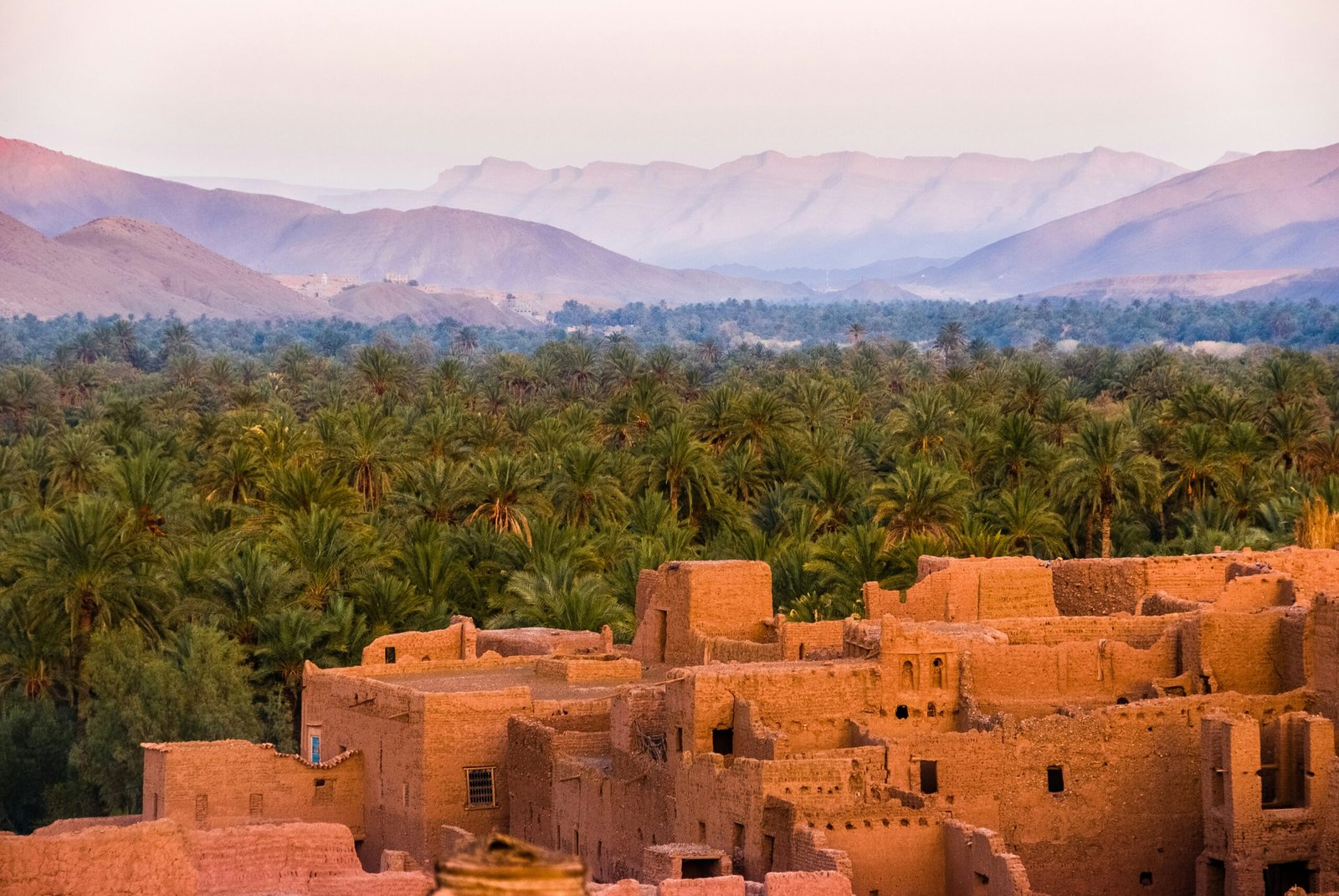Introduction
When it comes to designing user experiences (UX) for a global audience, it is crucial to consider the cultural nuances and user expectations specific to each region. This is particularly true for a city like Dubai, which is known for its diverse population and rapidly evolving technological landscape. In this article, we will explore the key factors to keep in mind when crafting cutting-edge UX designs for Dubai.
1. Embrace Cultural Diversity
Dubai is a melting pot of cultures, with residents and visitors from all over the world. As a UX designer, it is essential to understand and embrace this diversity in your designs. Consider the different languages, customs, and traditions that exist within the city and ensure that your UX design caters to a wide range of users.
For example, providing language options and incorporating culturally relevant symbols and icons can greatly enhance the user experience. Additionally, being mindful of religious sensitivities and local customs can help you create designs that are respectful and inclusive.
2. Responsive Design for Mobile-First Users
Dubai has one of the highest smartphone penetration rates in the world, with a large majority of the population relying on their mobile devices for various tasks. When designing UX for Dubai, it is crucial to prioritize mobile-first design principles.
Ensure that your website or application is responsive and optimized for different screen sizes. This includes considering factors such as touch-friendly navigation, fast loading times, and intuitive user interfaces. By prioritizing mobile usability, you can provide a seamless user experience for the tech-savvy population of Dubai.
3. Localization is Key
Localization plays a vital role in creating a successful UX design for Dubai. This involves adapting your content and design elements to suit the local context. Consider translating your website or application into Arabic, the official language of the United Arab Emirates, to cater to a wider audience.
Furthermore, be mindful of cultural references and idioms that may not translate well. Avoid using symbols or images that may have different meanings or interpretations in the local culture. By investing in localization efforts, you can create a more personalized and engaging user experience.
4. Simplify and Streamline User Journeys
In a fast-paced city like Dubai, users expect efficiency and convenience in their digital experiences. To meet these expectations, it is crucial to simplify and streamline user journeys in your UX design.
Focus on creating intuitive navigation, clear call-to-action buttons, and concise content. Minimize the number of steps required to complete a task and eliminate any unnecessary distractions. By optimizing user journeys, you can enhance the overall user experience and increase user satisfaction.
5. Incorporate Localized Payment Options
When designing e-commerce or transactional platforms for Dubai, it is important to consider the local payment preferences. While credit card payments are widely accepted, alternative payment methods such as digital wallets and cash-on-delivery are also popular among users in the region.
By incorporating localized payment options, you can provide a seamless and convenient checkout experience for your users. This will not only increase conversion rates but also build trust and credibility with your target audience.
Conclusion
Designing cutting-edge UX experiences for Dubai requires a deep understanding of the cultural nuances and user expectations specific to the region. By embracing cultural diversity, prioritizing mobile-first design, investing in localization efforts, simplifying user journeys, and incorporating localized payment options, you can create user experiences that resonate with the diverse population of Dubai. Remember, a successful UX design is one that seamlessly blends technology with cultural relevance, ultimately enhancing the overall user experience.












Leave a Reply